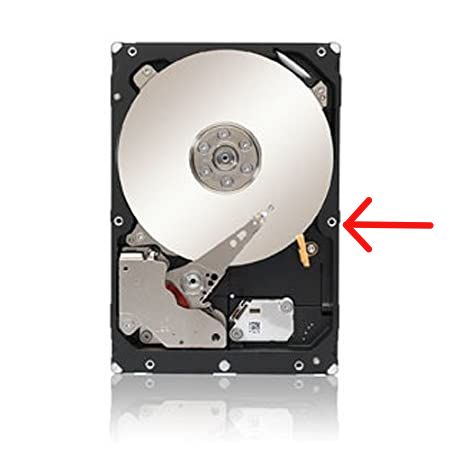New
#11
Lost HDD
Sorry to take so long to reply to some questions. The answers are (in no particular order)
1. It was an internal drive, A Seagate Firecuda 2TD. The E: and F: drives are partitions of a single internal drive, A Toshiba
2. The PC is not a Dell it is a custom built unit supplied by Box.
3. The HDD gave no indication of failure in advance. No noises or access issues.
4. The Bios does not detect the drive.
5. Regarding a backup. I was under the impression that I was backing up the documents on this disc, but have now discoverd (too late) that I was only backing up the documents stored on the Primary Drive under my User profile.


 Quote
Quote

